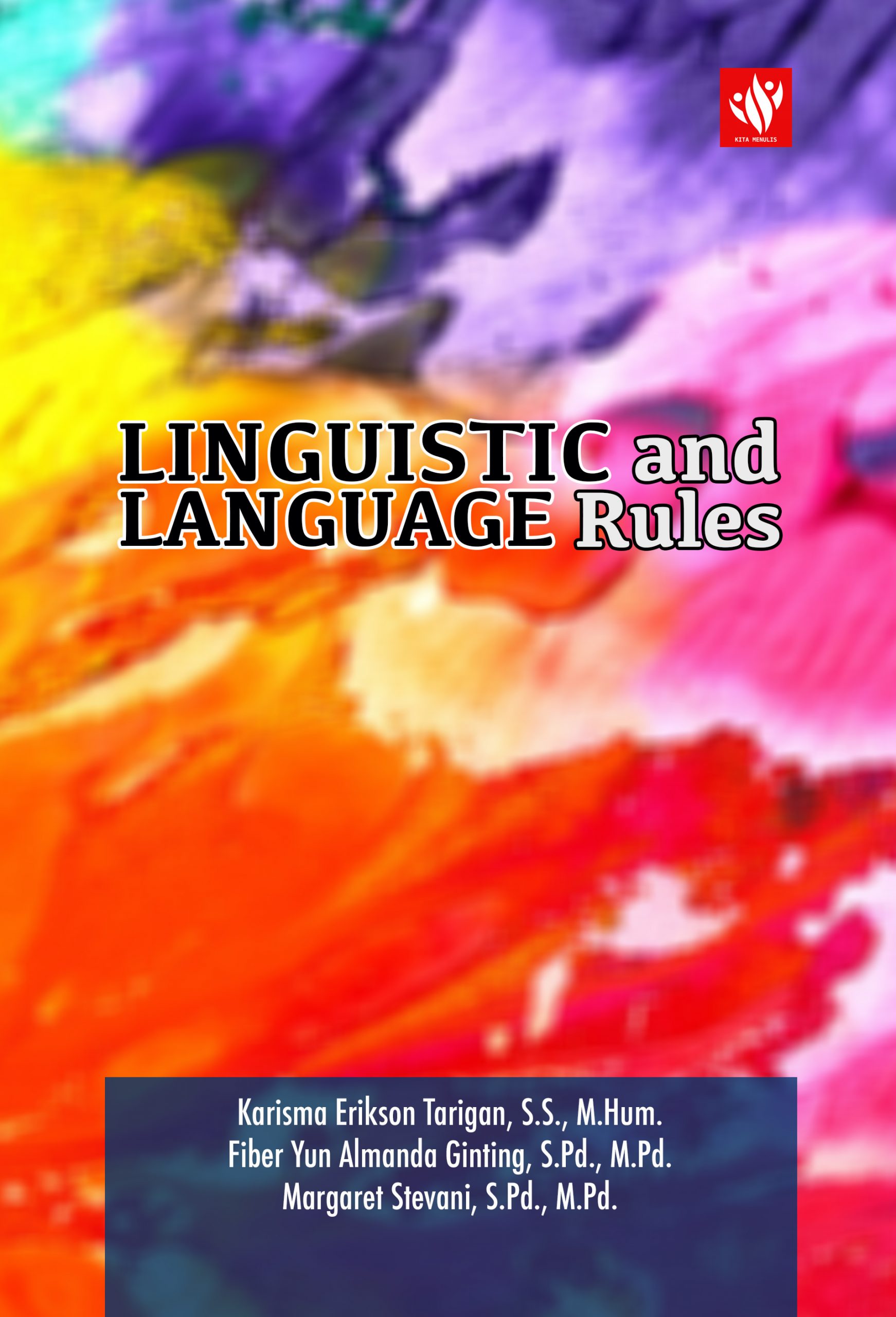Penulis:
Karisma Erikson Tarigan, S.S., M.Hum.
Fiber Yun Almanda Ginting, S.Pd., M.Pd.
Margaret Stevani, S.Pd., M.Pd.
x; 76 hlm; 16 x 23 cm
ISBN: 978-623-6761-01-4
Cetakan 1, September 2020
It is a fundamental assumption in modern linguistics that all language is governed by rules. Whether we put the word the in front of or after the word dog in English is not a matter of choice. Native English speakers – those who learned English as their first language – know that the always precedes the noun; in other words, they know the rule. Linguists have now studied enough languages to know that in spite of the many differences between languages, there are some universal properties that are common to all human languages. The field of linguistic typology studies the properties that languages have in common even across languages that they aren’t related to. Some of these universal properties are at the level of phonology, for example, all languages have consonants and vowels. Some of these universals are at the level of morphology and syntax. All languages make a distinction between nouns and verbs. In nearly all languages, the subject of a sentence comes before the verb and before the object of the sentence.
